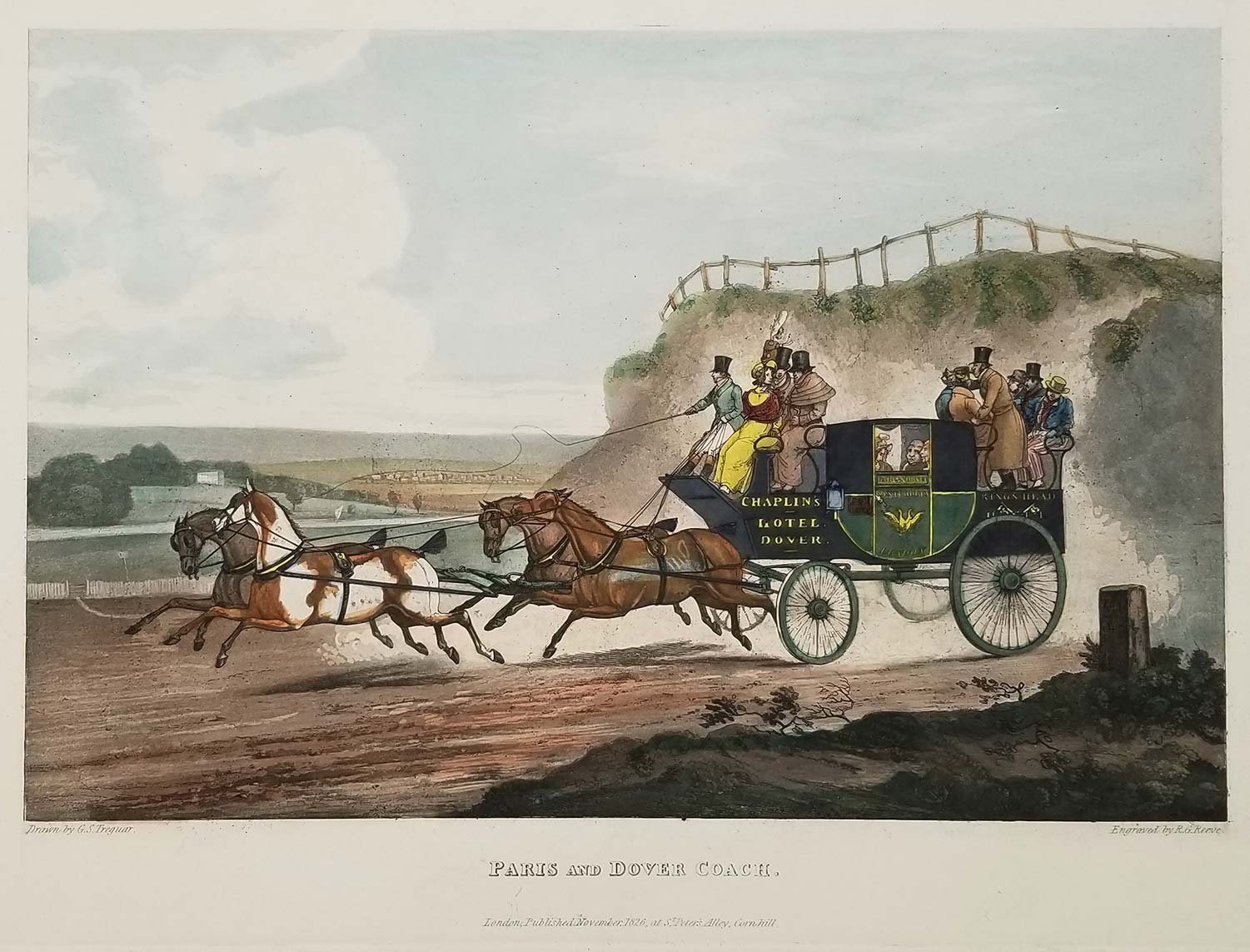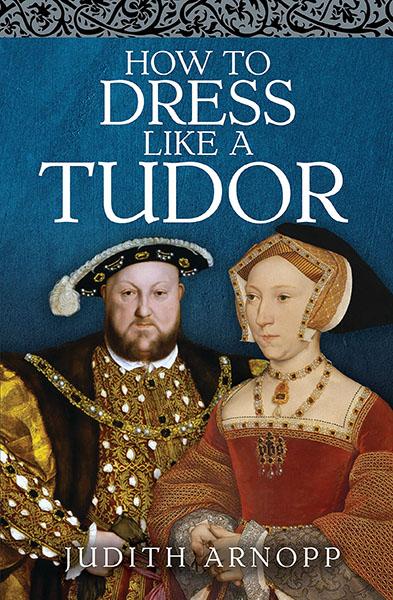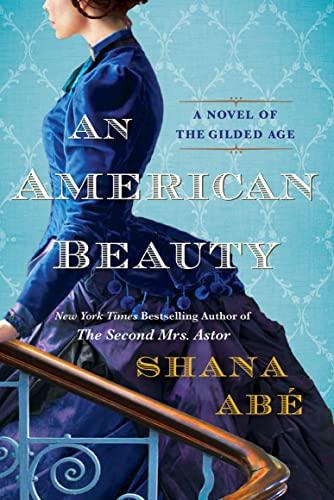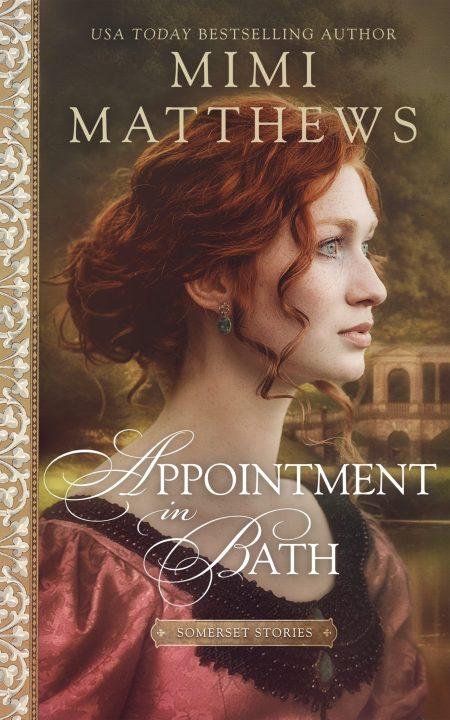How to Dress Like a Tudor
Accessible and matter of fact. At times rather pedantic.
Very thorough and topic appropriate.
A broad scope that narrows in focus to deliver the kind of detail costumers seek.
Valuable and rounded. Top ten in its lane.
Professionally edited. Top 10% for editing quality.
Book Description
Have you ever hankered to dress like a Tudor lord or lady, or perhaps you prefer the status of goodwife, or costermonger, or even a bawd?
For beginner historical reenactors, the path to authenticity can be bewildering and sometimes intimidating. Judith Arnopp uses her own experience, both as a historian and a medieval/Tudor lady, to make your own journey a little easier. The author traces the transition of fashion from the relatively subtle styles popular at the court of Henry VII, through the carefully constructed royal grandeur of Henry VIII, Edward VI, and Mary I to the pinnacle of majesty and splendid iconography of Elizabeth I.
In contrast to the magnificence of court come the ordinary folk who, subject to sumptuary laws and regulations, wore garments of a simpler cut and cloth – a strata of society that formed the back bone of Tudor England. This brief history of sixteenth century fashion examines clothing for both rich and poor, adult and child, and offers tips and tricks on how to begin to sew your first historically inspired garment. This book is aimed at helping the beginner learn How to Dress like a Tudor.
Lily’s Take
What a splendid contribution to Tudor fashion history for re-enactors and enthusiasts! Let’s face it, historical costuming is an irresistible rabbit hole for ‘dedicated followers of fashion’ drawn to a particular period. Author Judith Arnopp is one of that happy league. Tudor is her catnip, and she shares her wealth of accumulated knowledge, as both an author and re-enactor, in How to Dress Like a Tudor.
This is a must-have book for anyone involved in re-enactment or Tudor costuming, or hoping to get with the program and not sure where to start. It’s also a helpful resource for historical fiction authors and readers who want to learn more about the elaborate symbolism and social significance of clothing during the 16th Century. Ms. Arnopp draws from the vast research that informs her historical novels to present a solid general overview of how fashion evolved during the period coupled with in-depth context around the role of clothing in shaping public perception of the Tudor monarchs.
Combining truly informative historical background with a how-to guide for people wanting to create costumes is not a recipe for a lightweight foray into the topic. Readers looking only for nothing more than some frothy re-enactment anecdotes and a couple of French hood patterns may find How to Dress Like a Tudor a heavy lift. Given the breadth of content, Ms. Arnopp settled on a sensible top-down structure, starting with a look at the power and psychology of the Tudor kings and Queens, especially the myth-building by Henry VIII and Elizabeth I. She explains the sumptuary laws that imposed restrictions on dress according to social status: only the royal family could wear purple, for example. During Elizabeth’s reign, the rules were expanded to include “ruffs, hose and the length of one’s sword.”
Clothing was fiercely expensive, and the types of fabrics available were limited. I was intrigued to learn more about the Field of the Cloth of Gold, that “pinnacle of Tudor extravagance.” Rich details like this set Ms. Arnopp’s book apart from those that focus more narrowly on costume alone.
The author goes on to discuss the individual clothing items worn by women, starting with the historical backdrop and then focusing on kirtles, gowns and accessories before continuing to shirts, men’s attire, and clothing for children. The final third of the book is the sewing guide component. A founder of the Fyne Companye of Cambria re-enactment group, she offers tips and hacks drawn from the trial and error of sewing her own costumes, and provides abundant black and white illustrations, portraiture images, and photographs of herself in various styles. Covering everything from codpieces to court dress to commoner, clerical, and battle attire, she explains how to choose and craft a costume achievable for various levels of sewing know-how, from novice to expert.
Sometimes the book feels rather dry and dull, and there will be readers who choose to skip over the deep-dive content in favor of the costuming nuts and bolts. But the point is: the meaty material is there in the first place. I have not seen a more thorough, well-grounded practical guide to Tudor costuming for people who do not work in museums or academia. The Regency Chronicle team highly recommends this well-targeted, well-written book. 5 stars, all round.
Thanks to the author, Pen and Sword Books, and NetGalley for providing an advance review copy. Cover image courtesy of Pen and Sword © 2023. Review by Lily LeGrande © 2023 The Regency Chronicle.
Suggested for readers who enjoy:
Book Details
- The How to Dress Like a Tudor by Judith Arnopp
- Pen and Sword History. November 30, 2023
- Trade hardback, eBook. 224 pages
- ISBN: 978-1399015356
- Genre(s): Tudor History; Fashion History; Fashion Craft; Costuming
Author Info

Receive Our Quarterly Update
Receive Our Quarterly Update
Deals, top picks and links to interesting articles.









